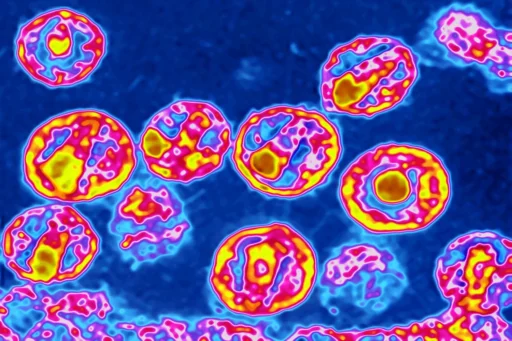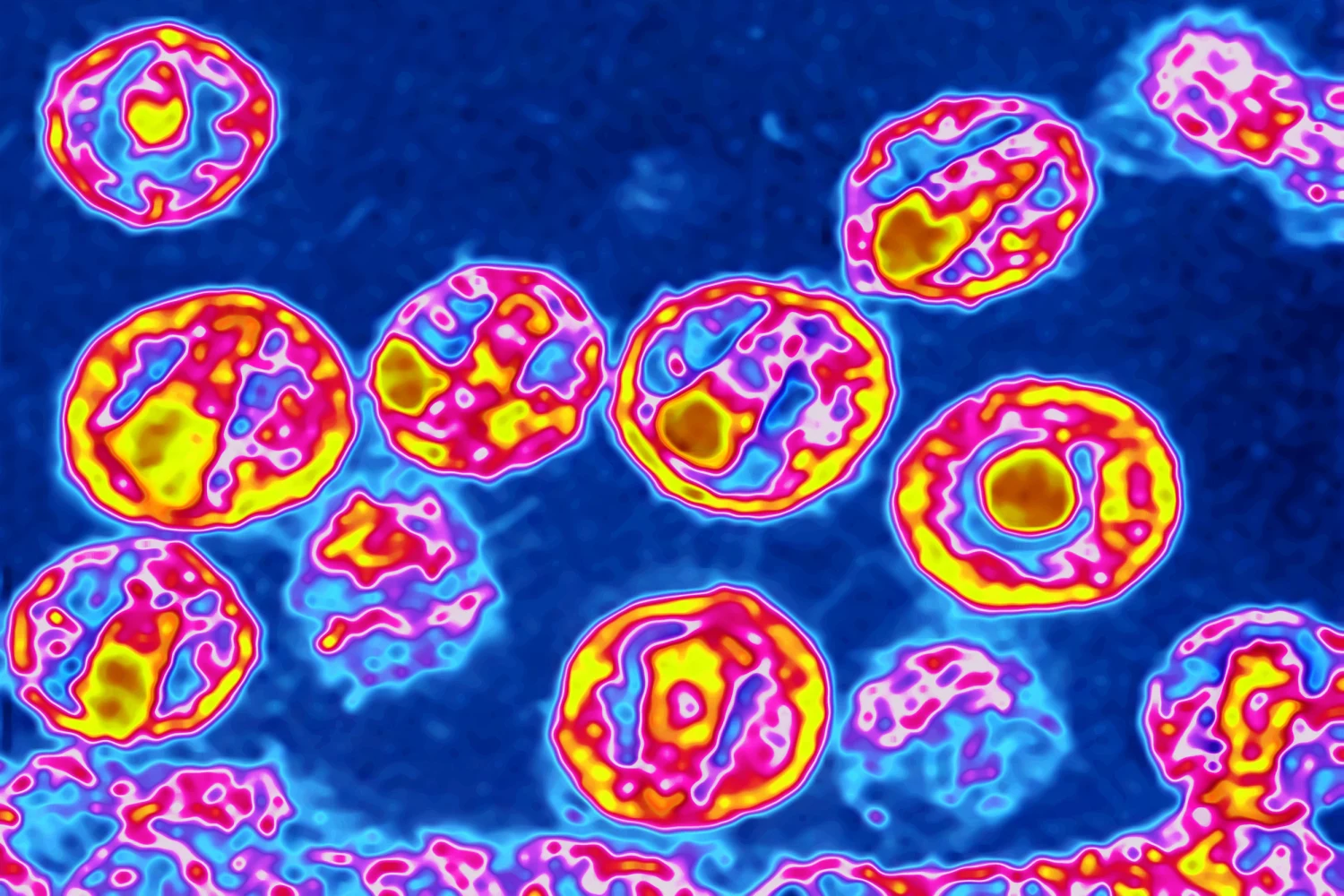A man who had been diagnosed with HIV is believed to have been cured of the disease, which has been around for over 40 years.
He underwent a stem cell transplant in 2015 to treat his leukemia. After stopping taking his antiretroviral medication in September 2018, he still remains in viral remission.
After carrying out several ultra-sensitive tests, the tests detected no traces of HIV in his body.
The case, which is being presented at an international AIDS conference in Munich, is expected to provide valuable lessons for researchers.
For Gaebler, the case shows that we may be close to achieving a definitive end to HIV. However, experts caution that this progress should be tempered with a caveat.
The treatment that was used in the seven patients, which experts believe prevented the virus from reproducing, will only be made available to a limited number of people.
Due to their HIV infection, they were diagnosed with blood cancer. To treat the condition, they were given stem cell transplants.
These transplants, which were carried out using the patients’ own immune cells, proved to be incredibly effective in destroying the virus.
Unfortunately, stem cell transplants are very toxic and can lead to death.
Since HIV is incredibly hard to cure, it would be unethical to give these transplants to individuals with this condition except for treating other diseases.
The virus can infect cells that are in a dormant state.
When it comes to treating HIV, the standard treatment only works on infected immune cells that are actively reproducing.
This means that the virus can’t be detected in resting cells. These cells are referred to as viral reservoirs. They can start producing HIV at any moment.
Since stopping taking antiretroviral medication can help prevent the virus from reproducing, patients’ viral loads usually bounce back within a couple of weeks.
One of the most important factors that could help cure HIV is a stem cell transplant.
This type of treatment involves destroying a patient’s cancer-fighting immune system using chemotherapy and radiation.
In five of the seven known cases of successful HIV cure, doctors discovered that the donors had defects in the copies of a gene that makes up a protein known as CCR5.
Most strains of the virus attach to this protein to infect the cells.
In one of the cases that led to a successful HIV cure, a German man had only one copy of the gene.
This means that his immune cells probably have less of the protein than normal.
According to Gaebler, the presence of only one copy of the gene and the man’s low level of protein could have increased his chances of being cured.
Although it is rare for two copies of the defective gene to be present in a person, about a percent of individuals with European ancestry have one.
The study’s results indicate that the donor pool for such cases can be expanded.
According to Dr. Sharon Lewin, the head of an institute that focuses on infectious diseases in Melbourne, Australia, last week, the findings could help increase the number of donors for future HIV cases. In Geneva, the man who may be cured of HIV had a donor with two copies of the gene.
Unfortunately, the German man’s stem cell transplant did not work well against the HIV virus.
This new evidence raises questions about the various factors that can help cure HIV. For instance, the level of protection that the patient’s immune cells received may have not been enough to keep the virus from reproducing.
Although the study’s results indicate that the various factors that can help cure HIV are still not yet clear, Gaebler is still optimistic that the field will eventually find a way to cure the virus. He noted that having a stem cell transplant that contains both HIV-resistant and non-resistant immune cells can greatly improve a patient’s chances of being cured.
For now, it’s important to analyze how the new immune system was able to successfully infiltrate the body and eliminate the virus over time. He also suggested that the donor’s natural immune system might have prevented the virus from infecting his body.






